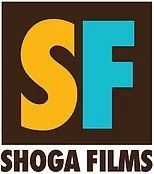Kali O Ray, In Memoriam
On Friday, August 7, Kali O Ray, graphic designer extraordinaire and executive director of the San Francisco Black Film Festival, died shockingly and unexpectedly from a genetically inherited heart condition. He was a gentle, beautiful man in both body and spirit -- very much committed to the Black experience, living it as a baseline of strength and humanity.
As a Bay Area filmmaker producing and directing documentaries, more often than not, on the Black queer experience, I was bound to run across Kali, and I did so shortly after he had moved back to the Bay Area from Atlanta in 2010 to shepherd the film festival that his mother, Ave Montegue, had founded. He had seen one of my screeners for a film that was playing across the bay and, at the Oakland International Film Festival, he approached me candidly expressing his ignorance of LGBTQ matters. He wanted to make sure that the SF Black Film Festival put out the welcome mat. I don’t know that he actively solicited my assistance, but from that point on, we were collaborators.
It did not matter that I was white and gay; it did not matter that he was Black and straight. We bonded over film, over drinks at the Boom Boom room, over a shared love of jazz and Black history, over a mutual understanding of what constituted quality in art. For an underfunded, understaffed film festival, what Kali and his wife Katera programmed punched well above its weight. It drew young directors from all across the country and even from abroad. The festival hosted the best parties, the best music, the best bar scenes, and I was privileged to be a part of it.
Kali made sure there was a representative feature film or block of shorts with LGBTQ material at each festival. He made a space for my own films and shared not only his film festival platform but his considerable talents as a graphic designer. He created posters for these films, refusing payment because we “did” for one another. But he was a personal inspiration as well. It was at Kali’s suggestion that I put together a program introducing a film representation of the Queer Harlem Renaissance that has gone on to a life of its own.
For me, it was all exhilarating; for Kali and Katera, untold hours of overwork, exhaustion and putting out fires while the festival was in progress. Yet they did it not only for the love of movies but for the love of their community, Black artists across the world and as an affirmative statement -- “we are here; we will always be here” -- for the San Francisco community under siege.
I mourn my Black friend, but if mourning is the price to pay for all the love and growth I experienced at his hands, then I mourn with a secret smile.
Rest in peace, my brother.
Recent Posts
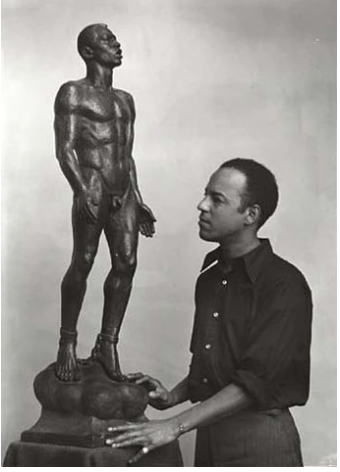
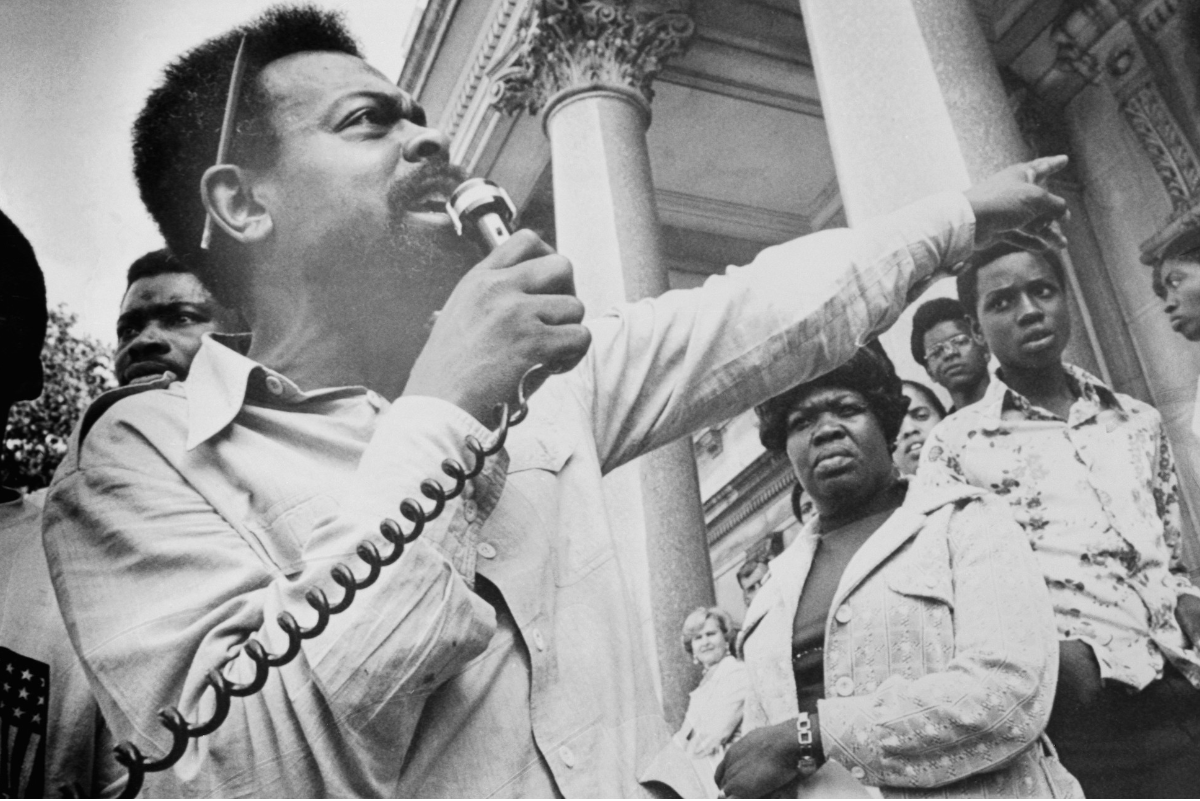
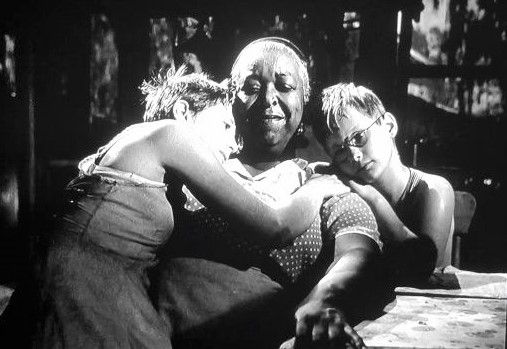
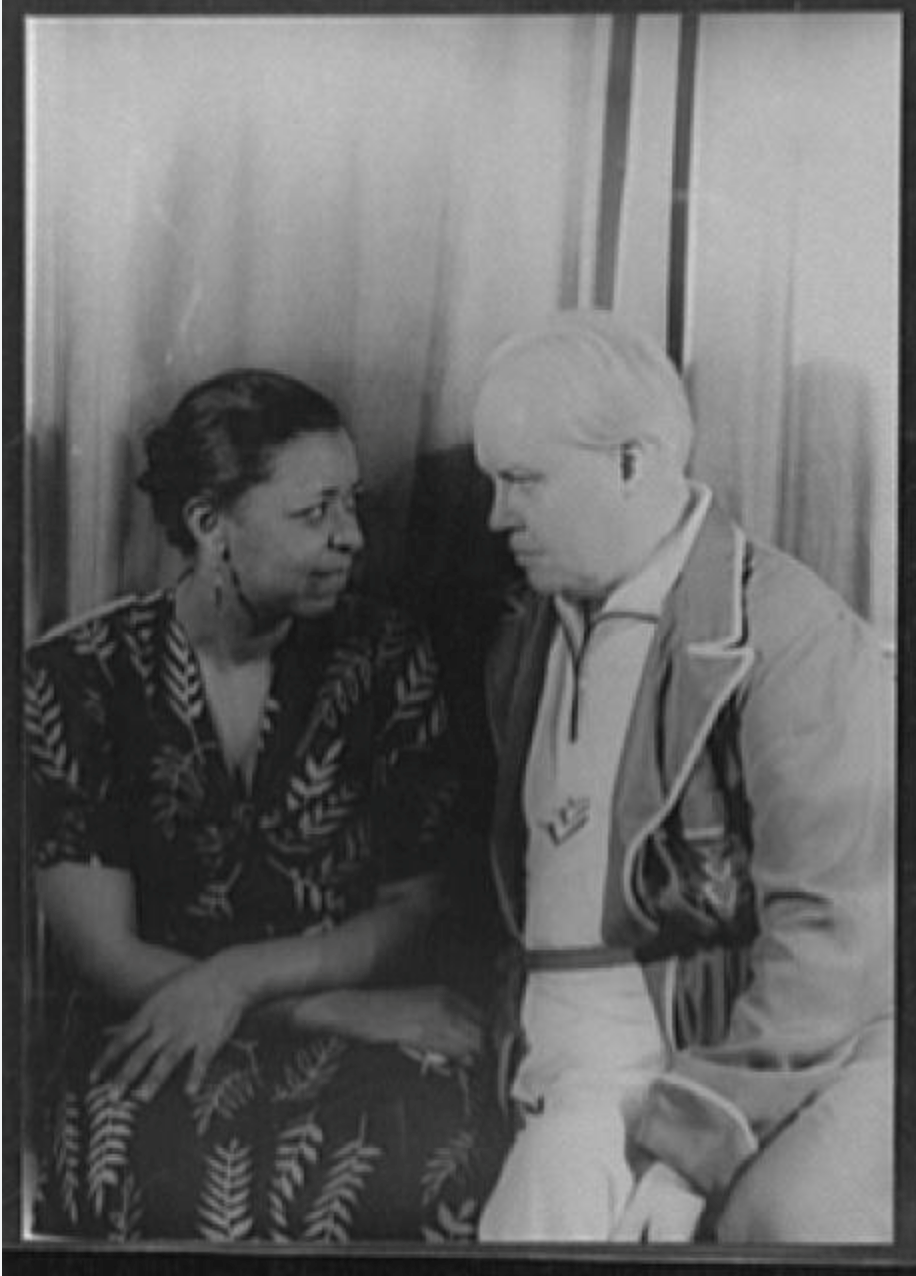
SHOGA FILMS is a 501(c) (3) non-profit production and education company. We create multimedia works around race and sexuality that are intended to raise awareness and foster critical discussion.
Contact Us
All Rights Reserved | Shoga Films
Stay Connected
Thanks for subscribing!
Please try again later.

